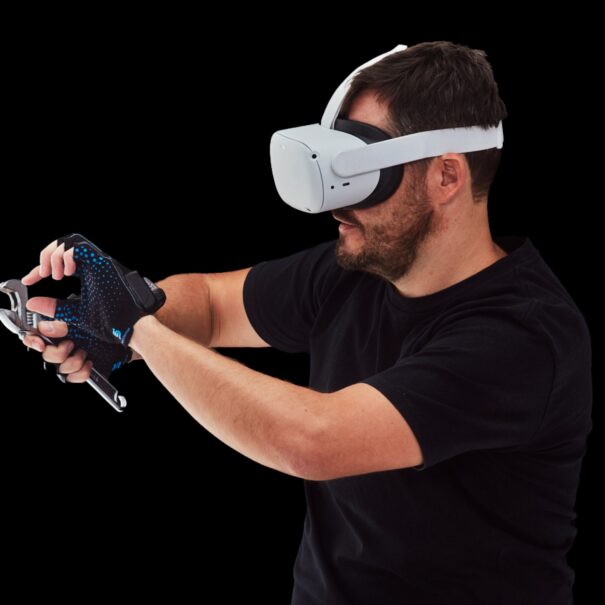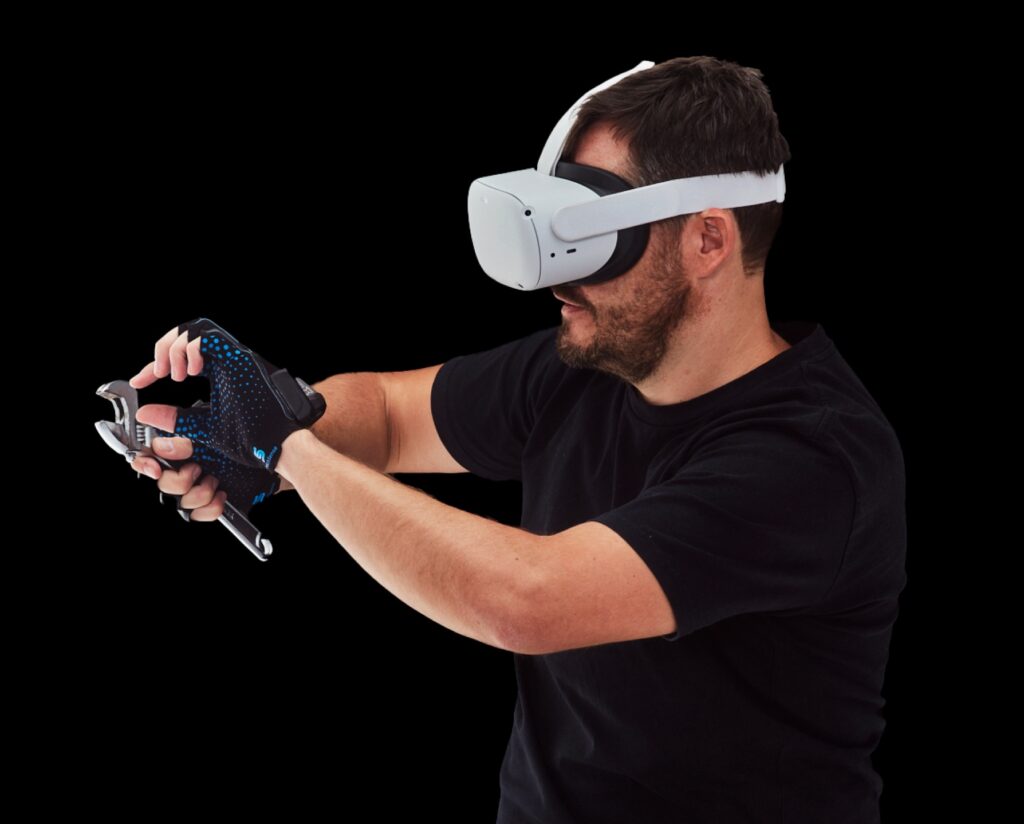
If you’ve ever used a VR headset, you’ve probably thought, “Why can’t I just use my hands instead of this controller?” You’re not alone. Camera-based hand tracking is gaining traction as a more natural way to interact with virtual environments. But like all new tech, it’s not perfect.
What Makes Camera-Based Hand Tracking Exciting
Imagine training for a job and being able to use your hands naturally, just like in real life. That’s the promise of hand tracking:
- Natural Interaction. Forget buttons and triggers. Hand tracking lets you grab, pinch, and point just like you would in the physical world.
- Immersive Experiences. When you’re not fumbling with controllers, the line between virtual and real starts to blur.
- Streamlined Training. No more “controller 101” tutorials. Learners can dive right into the training.
But There Are Challenges…
As promising as hand tracking is, it’s not without its flaws:
- Occlusion Issues. When your hands overlap or move out of view, the system struggles to keep up.
- Prop Problems. Want to use a prop in your training? Hand tracking doesn’t handle that well.
- Precision Limits. Fine motor skills, like typing or threading a needle, can be hit-or-miss.
- Environment Dependency. Poor lighting? Reflective surfaces? Say goodbye to smooth tracking.
- Limited Field of View. Your hands need to stay in front of the cameras. Anything outside that space won’t register.
- High Processing Demand. Accurate hand tracking requires serious computational power, which can drive up costs.
The Way Forward
Despite these challenges, hand tracking is an exciting step toward more natural VR interactions. As the technology improves, it will open up new possibilities for immersive, effective training. In the meantime, enterprises need to weigh the benefits and limitations to decide if it’s the right fit for their needs.
Want to learn how to maximize immersion in your VR training? Visit StretchSense.com for insights and innovative solutions.



